Fika, a term deeply embedded in Swedish culture, goes beyond being just a coffee break; fika gives this rather reserved culture a chance to open up with each other and talk. Originating as a time for relaxation with coffee and snacks, Fika has evolved into a meaningful tradition fostering connections in both academic and professional settings.
The important part isn’t the coffee or even the sweet treat, it’s the valuable time spent connecting with others.
To Swedes, fika is something of a ritual. It does typically involve coffee and a sweet pastry, but just as important is the decision to take a deliberate break from your day with others. It’s a chance to relax and enjoy social connection with family, friends, or colleagues. Fika provides a reliable avenue for creating connections, whether it’s getting to know a new acquaintance, bonding with friends, or networking with colleagues. The Fika break becomes an ideal moment to initiate conversations and build relationships, creating a conducive environment for meaningful connections.
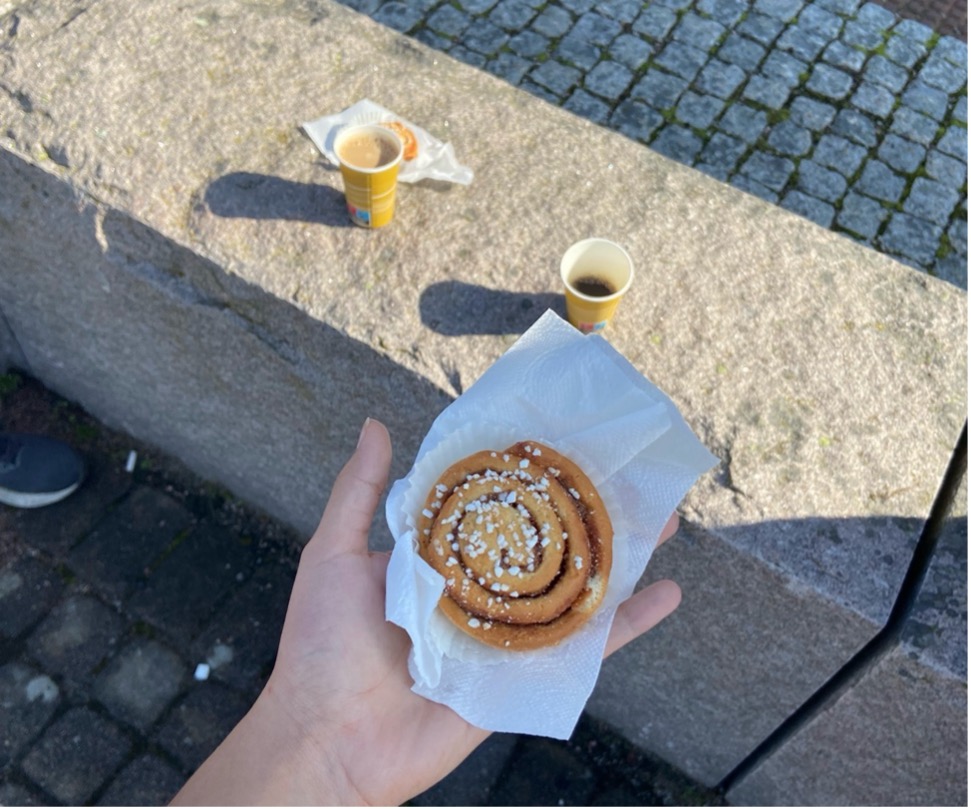
During lectures is very common my friends and I take a break and go for some fika. Both students and teachers embrace Fika breaks between lectures, offering a chance to stretch one’s legs, grab a cup of coffee, and engage in casual interactions. Initially perceived as a potential distraction, Fika breaks have been a good way for refreshing the mind, connecting with peers, and even seeking clarification on academic matters.
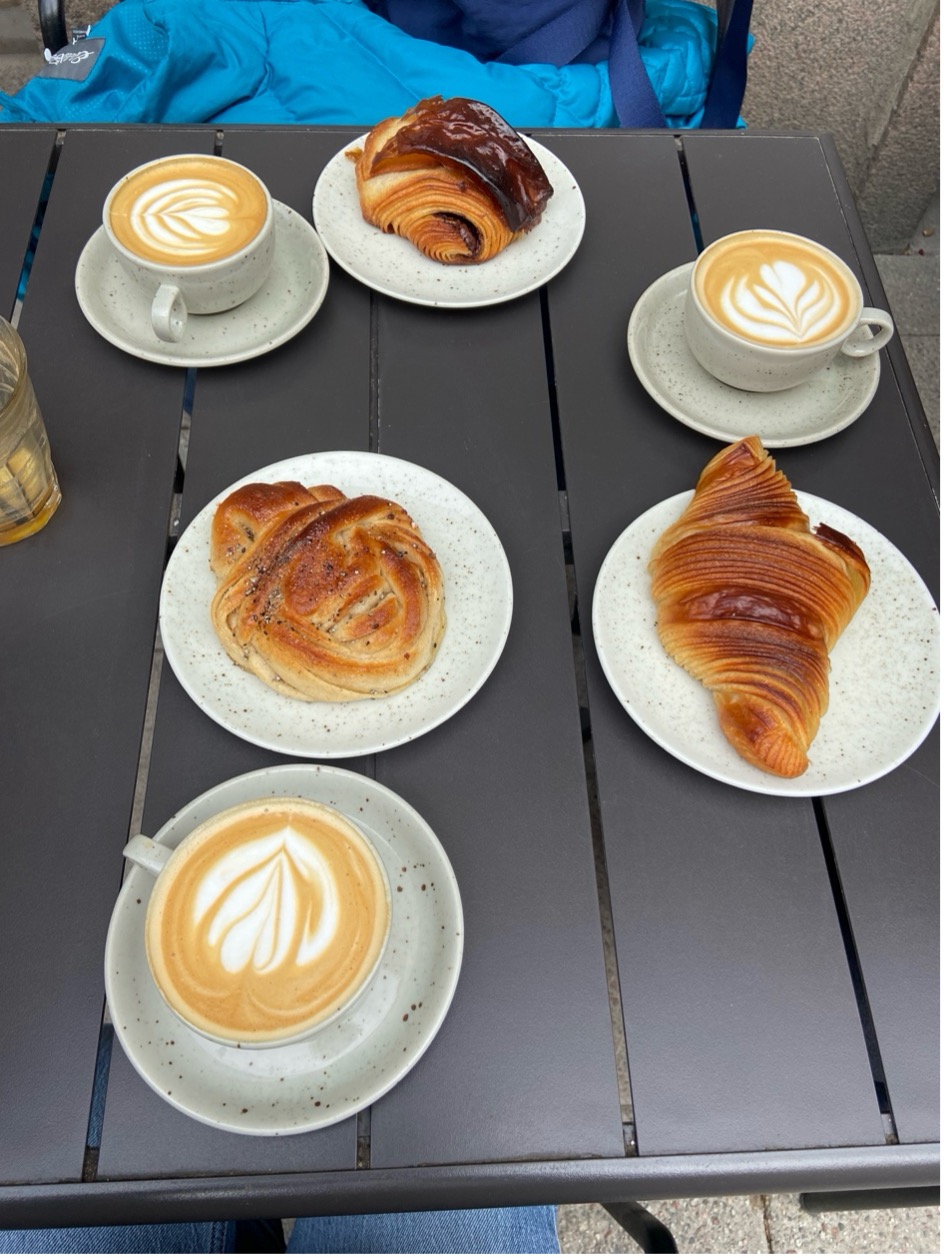
What constitutes Fika? Typically, it involves coffee and some type of pastry. However, Fika is an inclusive practice; whether you opt for tea, hot chocolate, or even a glass of water, the emphasis lies in coming together. Regardless of your choice—pastries, fruits, nuts, or nothing at all—the essence of Fika is about connecting in a way that suits you, breaking barriers and making connections while embracing diverse preferences.
Now, let me share some tips and classic fika pastries for you to try:
Princess cake (prinsesstårta):
This globe-shaped layer cake is a well-balanced affair, consisting of a light-as-air sponge cake base topped with vanilla pastry cream and lashings of fluffy whipped cream. This deliciousness is enrobed in green marzipan, often with a pink marzipan rose as the crowning glory.
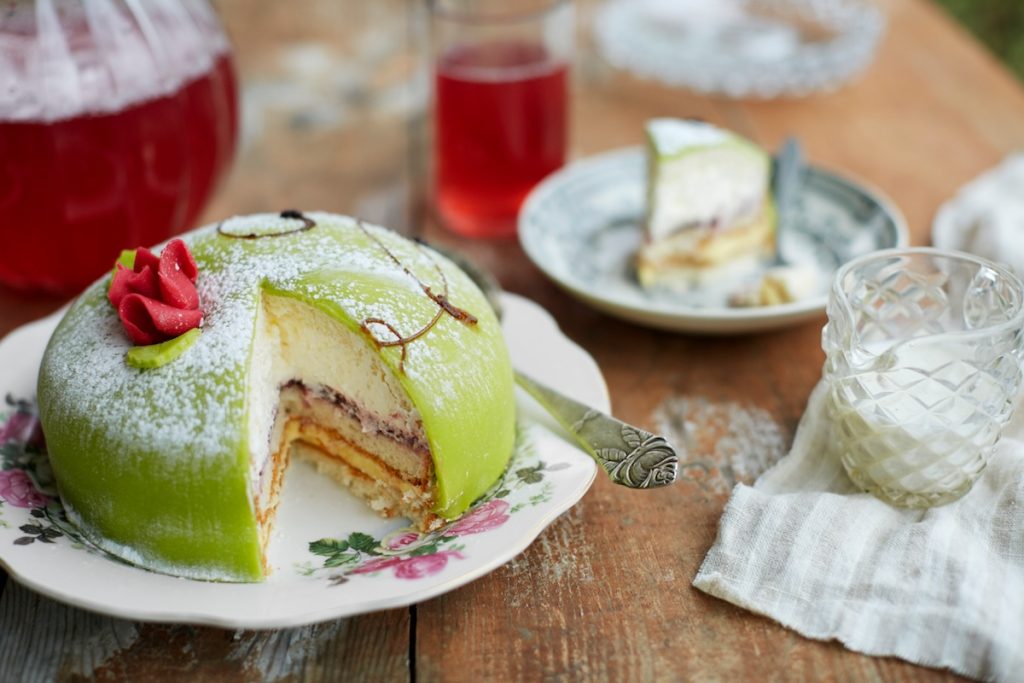
Kladdkaka (Sticky chocolate cake):
Kladdkaka, which translates to “sticky cake”, is a delicious chocolate cake with a rich flavor balanced perfectly with whipped cream and/or fresh berries.
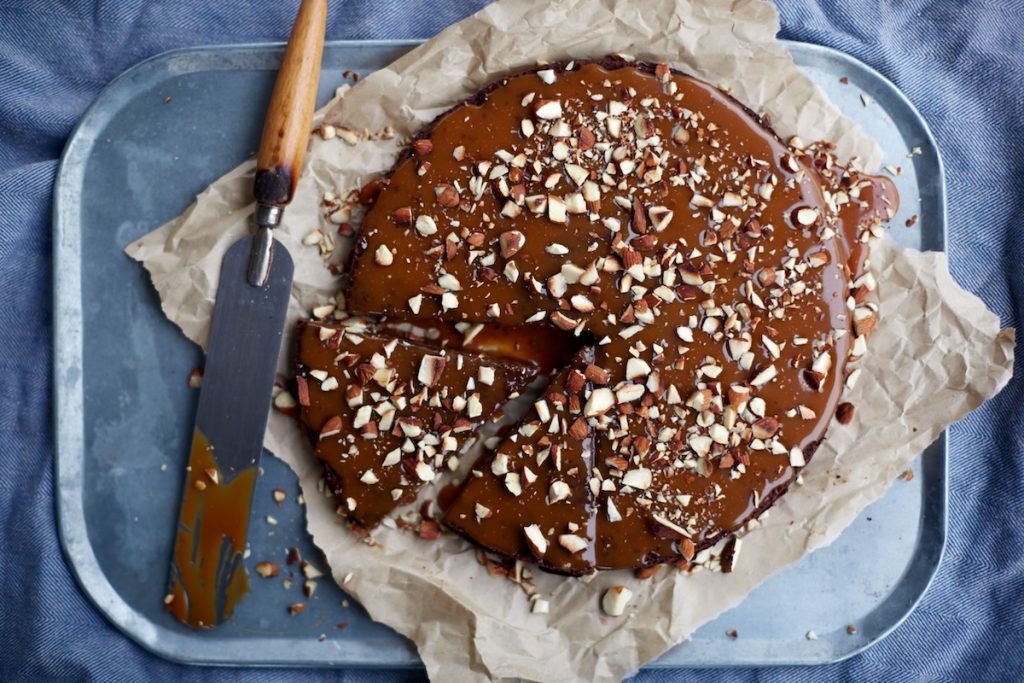
Semla:
My favorite of the season! A small, wheat flour bun, flavored with cardamom and filled with almond paste and whipped cream, an icon in Sweden.
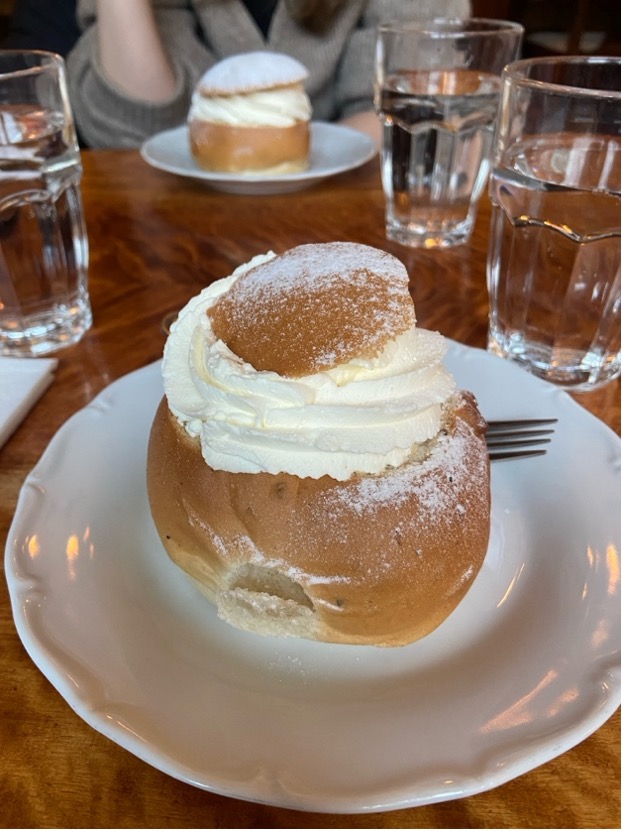
Kanelbulle (cinnamon bun):
Last but not least, the cinnamon bun (‘kanelbulle’) has a definite place in the fika hall of fame. You won’t have to look hard for it in Sweden, this classic is served up in most cafés and bakeries.
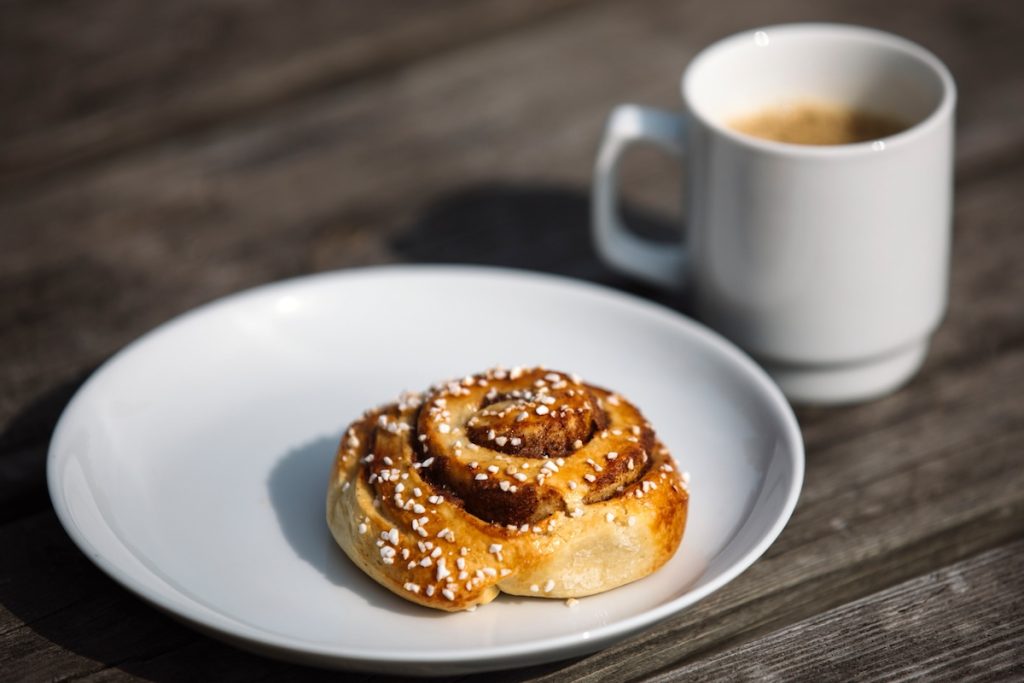
As you embark on your Swedish academic journey, embrace Fika as more than just a break; consider it a gateway to meaningful connections. From networking opportunities to fostering friendships, Fika acts as a bridge bringing people together. So, whether you’re sipping coffee, tea, or enjoying a snack of your choice, remember that Fika is your invitation to connect, share, and create lasting memories.
The next time someone says, “Let’s go for a Fika,” you’ll know exactly what to do…

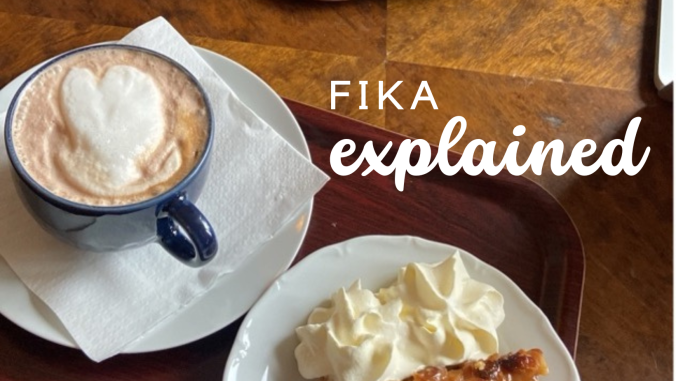
Leave a Reply